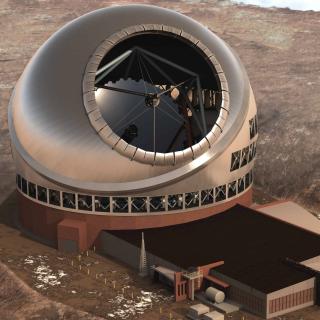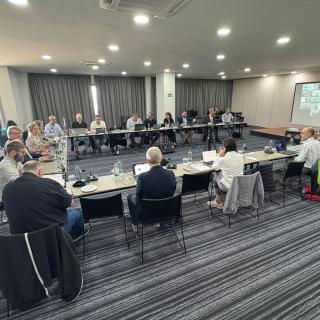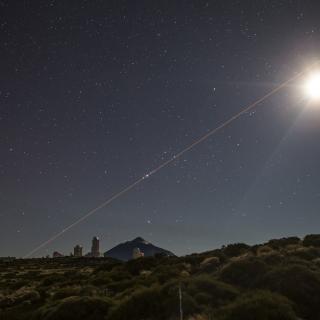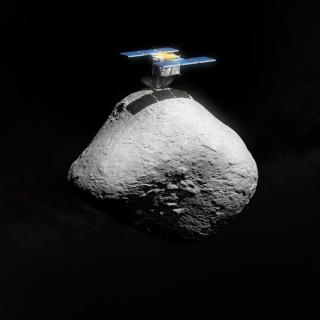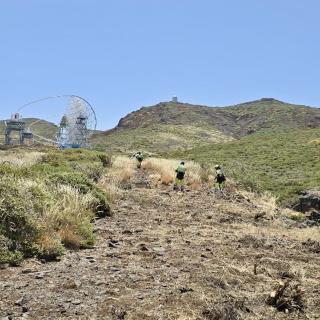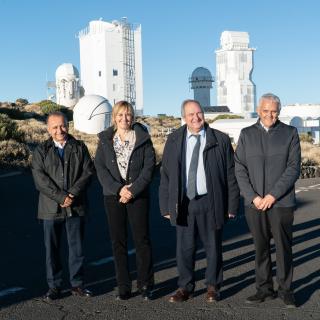
El ministro de Industria y Turismo, Jordi Hereu Boher, realizó una visita al Observatorio del Teide (OT), en Tenerife, donde pudo conocer de primera mano la labor científica, tecnológica y de innovación que se desarrolla en este enclave astronómico, referente internacional tanto en observación solar como nocturna. El ministro fue recibido por el director del Instituto de Astrofísica de Canarias (IAC), Valentín Martínez Pillet, y por la subdirectora, Eva Villaver Sobrino. A la visita también asistió el subdelegado del Gobierno en Santa Cruz de Tenerife, Jesús Javier Plata Vera, así como
Advertised on
